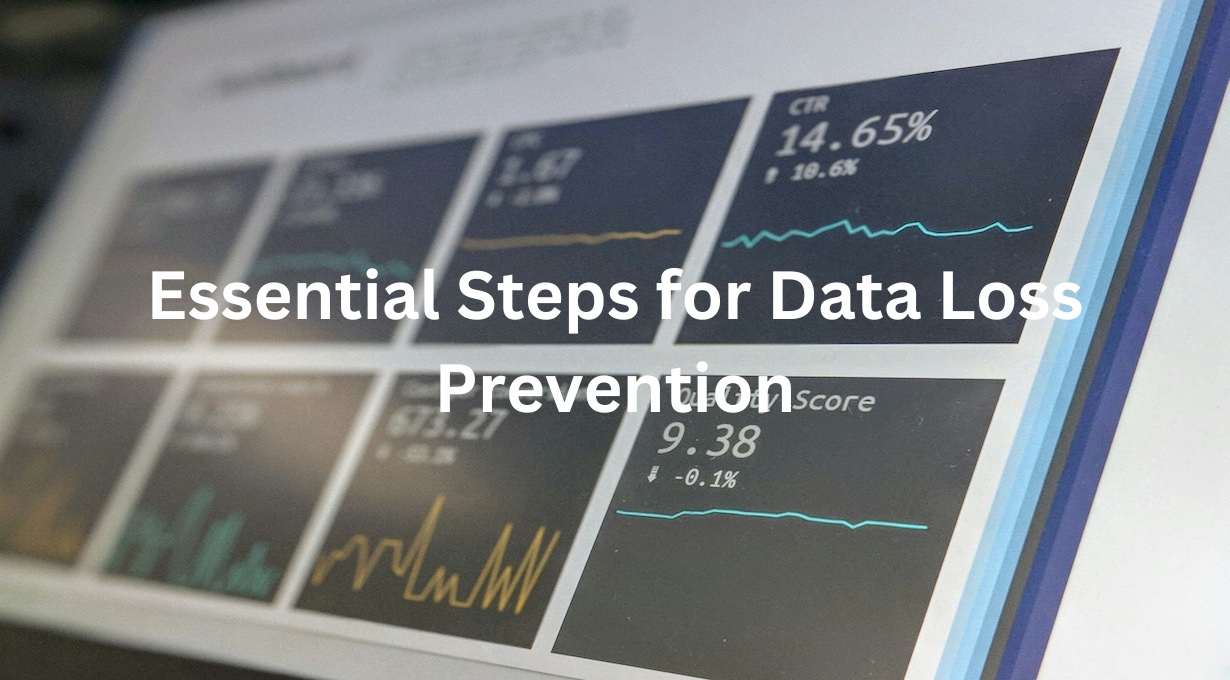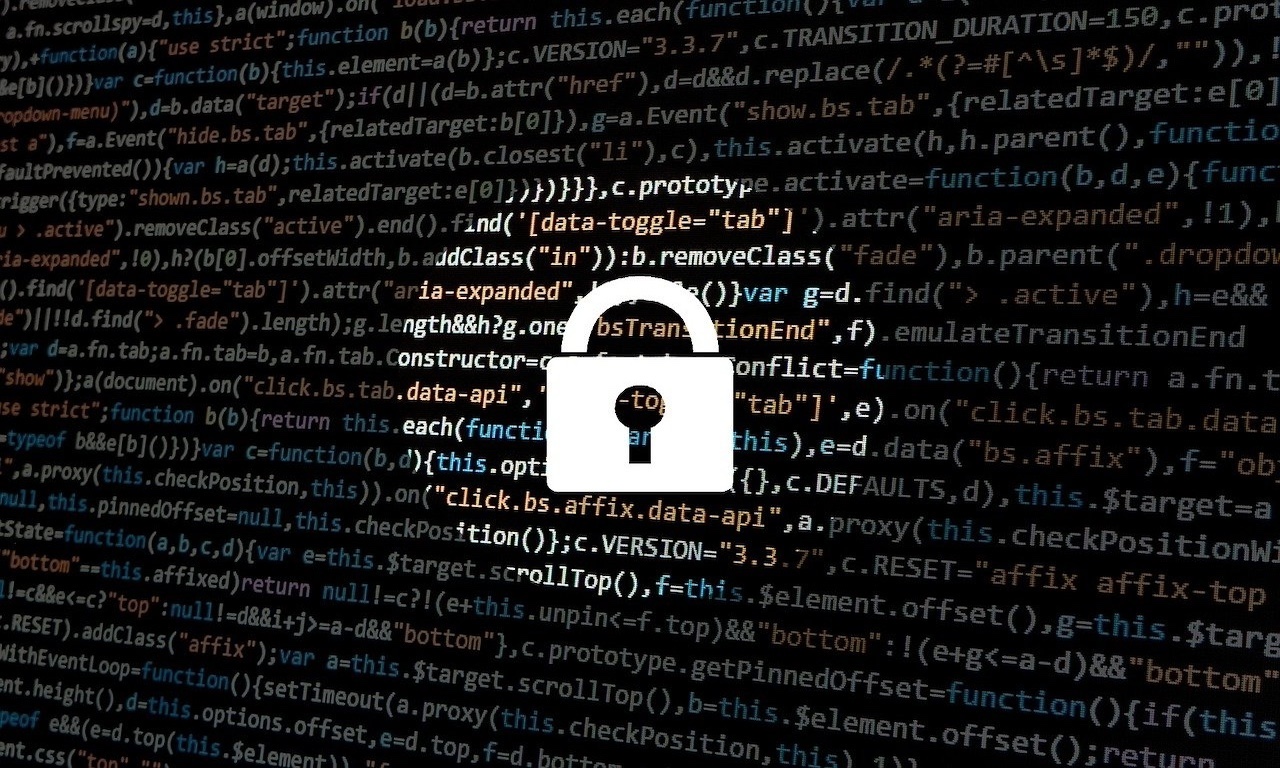Essential Steps for Data Loss Prevention

Introduction
In today's digital age, organizations are accumulating vast amounts of data within their IT infrastructures and need data loss prevention strategies to protect their valuable information.
Unfortunately, this abundance of data also comes with the risk of data loss, which can compromise the confidentiality and integrity of critical information.
To address these data vulnerability risks, implementing a robust Data Loss Prevention (DLP) strategy is essential. Data Loss Prevention (DLP) encompasses a set of technologies and practices designed to prevent sensitive or confidential data from being lost, stolen, or leaked outside the organization.
DLP solutions work by identifying, monitoring, and protecting sensitive data from unauthorized access, disclosure, or alteration.
By scanning and analyzing data at rest, in use, and in motion across various channels, such as email, cloud storage, and endpoints, DLP solutions detect and prevent data breaches.
Whether it's protecting against cyberattacks or accidental data leaks, implementing an effective DLP strategy involves a systematic approach tailored to your organization's needs. Here are six key steps to help you establish a successful data loss prevention strategy:
Understanding the Threat Landscape
Data vulnerability stems from a confluence of technical and non-technical factors.
On the technical side, software bugs can create loopholes for attackers to exploit. Unpatched systems and outdated software harbor known vulnerabilities, acting as open doors for malicious actors. Weak encryption can render data vulnerable if intercepted, while unsecured networks offer attackers opportunities to eavesdrop on data traffic.
Beyond technical shortcomings, human error plays a significant role in data vulnerability. Accidental data leaks by employees, often triggered by phishing attacks or simply clicking on the wrong link, can expose sensitive information. Disgruntled employees or those with malicious intent pose a significant threat as insider threats, capable of stealing or leaking sensitive data.
Data is a critical asset for most enterprises, making a robust DLP strategy essential for safeguarding valuable information. Various threats, such as ransomware, insider attacks, and hardware failures, pose significant risks to data security. Implementing proactive measures, such as DLP solutions, can help organizations mitigate these risks and protect their data effectively.
Building a Comprehensive DLP Strategy
The consequences of data breaches can be severe. Individuals may face financial losses, identity theft, and reputational damage.
Organizations can suffer hefty fines, lose customer trust, and experience operational disruptions. In the healthcare sector, data breaches can even threaten patients' well-being by exposing sensitive medical information.
Fortunately, steps can be taken to mitigate data vulnerability. Implementing a comprehensive Data Loss Prevention (DLP) strategy is essential.
This strategy should involve data classification to identify critical information, the creation of a clear Data Handling Policy, and the deployment of a DLP solution to monitor and control data movement. Additionally, strong access controls and employee training on data security best practices are crucial for bolstering defenses.
This strategy should encompass several key elements:
Data Classification
Developing clear classification criteria is crucial.
These criteria should consider factors like legal and regulatory compliance, the inherent sensitivity of the data itself, and the potential impact of a breach.
Legal requirements surrounding data privacy, like the General Data Protection Regulation (GDPR) in Europe, often dictate specific classification levels for certain types of data.
Data classification serves several critical purposes. Primarily, it allows organizations to identify and prioritize their most valuable assets.
By classifying data according to its sensitivity (e.g., public, internal, confidential), organizations can focus their security efforts on the information that poses the greatest risk in the event of a breach.
For instance, customer credit card details would receive a significantly higher classification level and stricter protection protocols compared to publicly available marketing materials.
Data Handling Policy
A clear and concise Data Handling Policy outlines how employees should handle sensitive data. This policy should cover aspects like data access, storage, and transfer.
A well-defined Data Handling Policy is more than just a document; it's a living document that outlines an organization's commitment to data security.
It establishes a set of rules and guidelines for how employees should handle data at every stage of its lifecycle – from collection and storage to access, use, and ultimately, disposal.
DLP Solution
Implementing a DLP solution allows you to monitor and control data movement across your network. These solutions can detect potential data leaks and enforce data handling policies.
Many industries operate under data privacy and security regulations.
DLP solutions can help organizations comply with these regulations by ensuring the secure handling of sensitive data.
Essential Steps for Data Loss Prevention
Here are some essential steps you can take to bolster your data loss prevention efforts:
Encryption
Encrypt sensitive data at rest and in transit. This ensures that even if data is intercepted, it remains unreadable without the decryption key.
By safeguarding data at rest and in transit, encryption significantly improves data security and minimizes the risk of data breaches.
Together, DLP and encryption work in tandem to create a robust data protection ecosystem, fostering trust and ensuring the security of valuable information assets.
Access Controls
Implement strong access controls to restrict access to sensitive data only to authorized personnel.
This includes using multi-factor authentication and granting access based on the principle of least privilege.
Employee Training
This training should raise awareness of data vulnerability and emphasize the importance of following the Data Handling Policy.
Educating employees is a critical component of any effective DLP strategy. Human error can be a major vulnerability, as many cyber threats rely on it.
Ransomware attacks often succeed when an employee clicks a malicious link. Data breaches can also occur due to unintentional leaks by insiders.
By equipping employees with cybersecurity best practices, organizations can significantly reduce these risks. Training should cover identifying phishing emails, avoiding suspicious links and attachments, using strong passwords and multi-factor authentication.
Tailoring training to specific roles can further enhance its effectiveness.
Monitoring and Auditing
Regular security audits act as a proactive defense, akin to shining a light into every corner of your digital infrastructure.
They meticulously examine your systems for vulnerabilities in software, hardware, network configurations, and even security policies.
These vulnerabilities, if left unchecked, could be exploited by attackers to gain access to your sensitive data.
Imagine a single, undetected chink in your armor. That's all it takes for a determined attacker to breach your defenses and steal valuable information.
Security audits help identify these weaknesses before they can be exploited, allowing you to patch software, update hardware, implement additional security controls, or revise policies to address the gaps.
Conclusion
By implementing a comprehensive DLP strategy, you can significantly reduce the risk of data loss. Data loss prevention is an ongoing process.
Regularly review and update your DLP strategy to adapt to evolving threats and ensure the continued security of your valuable data.
Recommended Posts

Avoid using the same password for multiple accounts. The longer the password, the harder it is to crack. Aim for at least 12 characters.
Read More

The internet, a vast digital landscape brimming with opportunities, has unfortunately become a breeding ground for a malicious practice: brand abuse.
Read More

Secure file transfer(SFT) is a method of sharing data that employs encryption and secure protocols to protect information during transmission. Unlike traditional file sharing methods that leave data vulnerable to interception, SFT ensures that sensitive files remain confidential.
